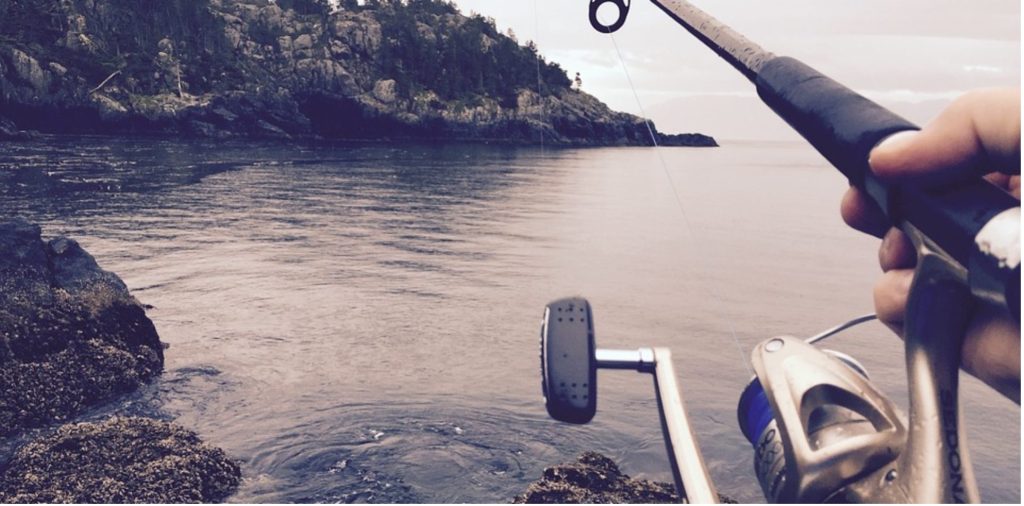Experienced anglers certainly know that there is no universal fishing rod. Beginners may be confused by the wide range or not care much about the gear choice. But the stick is indeed an essential fishing tool. It plays a considerable role in whether you will have a good catch.
Check the following link for fishing gear basics: https://usfws.medium.com/fishing-for-the-first-time-e4b0a551676
The rod choice depends on your fishing technique, the place where you fish plan to throw bait, the type of fish, and many other factors. So, it is always a great idea to consult seasoned anglers. Also, you can follow some simple guidelines that will help you find the best product.
Several factors should be considered when choosing a casting rod. First, you must know your fishing technique and the equipment’s specs. It is good to know where you plan to use this equipment. Also, the stick’s length, power, and materials matter. Finally, you must consider your budget to find the best value for money.
Few things about baitcasters
When it comes to fishing, baitcasting rods are essential to your success. While all fishing sticks will work to help you land the prey you want to catch, different models come with particular properties that will boost your technique.
Baitcasting rods will bend easily from tip to butte. That makes them ideal for casting small lures to distant waters. Similarly, they make it easy to fight fish that make hard runs. Moreover, these sticks will not break if you hit a fish with a large hook.
The anatomy of baitcasting sticks differs from others. They are made to ‘host’ baitcasting reels mounted on the upper side of the stick. This design twist puts pressure on guides and provides easier handling of larger prey. Besides, the reel position ensures casting distance and accuracy. It is also great for beginners, as they can learn how to adjust the pressure to the spool depending on the prey they lurk.
Length and action
To find the perfect baitcasting rod, you must know how to choose its length and power. The stick’s size can range from four to fourteen feet, but each length has its trade-offs. For example, more extended models are easier to maneuver and have better distance. Shorter ones are easier to control, but cannot be cast as far.
Generally, most anglers prefer seven-foot sticks, which allow for a good cast, a strong hookset, and excellent control of the prey when hooked. However, the length is not always crucial for large game fish. Instead, you may need a shorter rod for specific situations.
The action and distance will affect the stick’s sensitivity. Depending on the target prey, you can choose between slow and fast action. You can opt for slow, moderate-fast, fast, or extra-fast action rods. The latter are stiff except for the tip and are perfect for long casting or fighting larger fish in windy conditions. A slow-action model is less sensitive, but you can improve its performance using a medium-weight line and a treble hook.
Speed and power
Baitcasting rods come in various shapes and sizes. You should know that and choose the right action to suit the technique you will be using. Action measures how much the stick bends after applying weight. Simply put, it shows how fast the power transmits to the blank.
The power of a baitcasting rod will depend on the type of lure you are using. It determines how hard you have to pull the line to bend it. A light model is suitable for smaller prey, while a heavy one is better for large fish. A medium-power rod will be easy to bend but will take more pressure to return to its straight position. See this link to learn more about popular fishing methods.
You can throw lightweight lures with a medium-action stick. On the other hand, heavy-weight baits require more power and spring on release. In any case, keep the line tension and release settings adjusted appropriately.
Build materials
When buying a new baitcasting rod, the material used to construct it should be considered. Graphite, fiberglass, and other composite materials make up most quality fishing sticks. Carbon fibers are a new technology that significantly boosted the rod’s performance and price.
Graphite is brittle and could bruise easily, but over the past decade, it has become the material of choice for fishermen seeking sensitivity, flexibility, and fighting power. Fiberglass sticks are generally less sensitive but more durable. They are also ideal for younger baitcasters and heavier applications.
The guides are either ceramic, titanium, or zirconium. These materials determine the rod’s strength and sensitivity and can affect its price. Handle materials matter, too. Most models are made from either EVA foam or natural cork. Both materials are durable but provide a different feel. In general, cork is the classic choice for many anglers.
Ergonomics
Rod ergonomics is an essential factor to consider, as it greatly influences the angler’s performance. It also matters for the angler’s comfort and efficiency. So, you will look for a fishing stick that matches your fishing style and technique.
Baitcasters are anchored at two points in the frame, making them much more compact than spinning reels. That provides greater strength, and heavy loads are less likely to twist the reel. Also, baitcasters allow for different gear ratios, making them more adaptable to various conditions and fishing styles.
Budget
Various kinds of casting rods are available on the market. They range in size and weight, from ultra-light to heavy-duty ones. Once you look at mentioned specifications, it all comes to your personal preference and budget.
The most expensive and awesome baitcasting rods do not have to be of the best quality. They are not always the best option, especially if you are a newbie. So instead of buying the priciest casting gear, shop around to get the most bang for the buck.
A high-quality baitcasting rod will offer exceptional performance, so it is crucial to select the one that meets your needs. There are several critical considerations, so it is worth checking the rod’s specs to find the perfect fit.










